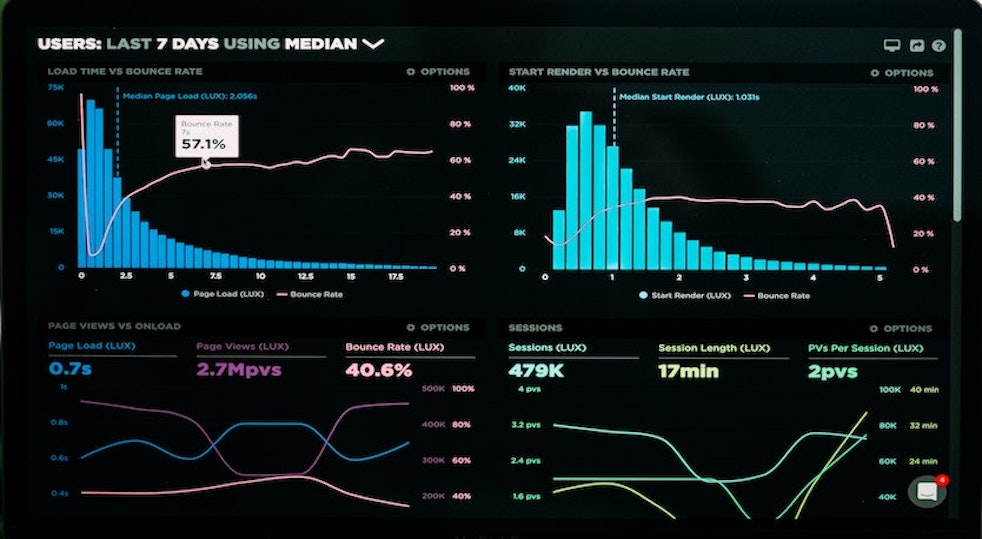To complement our series of QuickReads covering measurement, we will now explore the various data…
Poor back office processes create failure demand
 Poor back office processes create failure demand: Recently a popular government backed savings account provider wrongly mixed up a personal account with a business account and changed the customer’s postal address for their personal account to the business address in error. The error was discovered by the customer when personal account correspondence arrived on their desk via the post room and several other departments in their company before finally reaching them. It was already opened and had personal account details open for all to view!
Poor back office processes create failure demand: Recently a popular government backed savings account provider wrongly mixed up a personal account with a business account and changed the customer’s postal address for their personal account to the business address in error. The error was discovered by the customer when personal account correspondence arrived on their desk via the post room and several other departments in their company before finally reaching them. It was already opened and had personal account details open for all to view!
The customer rang the company to get it rectified only to be told by the savings provider that they needed a written letter from the customer to amend the address, even though it was their own error. The natural response was ‘you didn’t need a letter to amend the address in the first place’ and imagine the fury experienced at having to go to extra effort to write a letter after trying several unsatisfactory calls to correct this error created by their back office. These phone calls and letters are a classic example of ‘failure demand’ i.e. unnecessary effort on the customer’s behalf to use the provider’s services and having to report an error that shouldn’t have happened in the first place.
Contact centres are often the first point of contact for unhappy customers and the levels of ‘failure demand’ are often un-recognised and thus not measured, but in my experience can be anything up to 30% of all demand coming into those centres. Imagine creating that much extra capacity if you could raise awareness, measure the scale of it and target internal process improvement activities at reducing it. These avoidable interactions, or failure demand, absorb our abilities to service ‘value demand’ i.e. those customer visits where they are looking for our support, products or services. Getting the end-to-end process right to prevent avoidable interactions and poor customer experience should be the core of all internal Continuous Improvement activities.
The challenges to achieving this come from:
- the distance the back office is from the customer experience
- the difference in the way front office and back office is measured (C-sat vs. Efficiency)
- the varying perception of quality and their role in receiving, making or passing on poor quality work
- working in silos
- the broad lack of awareness of ‘failure demand’ i.e. a failure to do something or do something right for the customer
- and commonly not using this as a starting point for improving staff and process performance via targeted continuous improvement activities.
Some of the ‘best practices’ being implemented by our top organisations to combat failure demand:
- Service Excellence training for back office staff to build their awareness
- Thinking for the customer journey and the principles of Lean Service and Lean Consumption
- Work experience and job rotation in the front office centres to experience the customer more
- Introducing common measures of performance linked to customer satisfaction, Net Promoter Scores and Customer Effort metrics across the back office
- Creating blended teams, departments or service centres to reduce the silos between them
- Improved complaints handling with ‘true’ root cause analysis linked directly to staff performance and process improvement activity.
- Mapping the end-to-end process to understand the customer’s journey and improving it to enhance their experience, provide better quality services and affordable cost
In response to these common challenges ChangeWise has launched the ‘Achieve Excellent Customer Service’ training course to cover some of solutions to the challenges posed. The course covers the concept of customer demand split into ‘value’ and ‘failure demand’, you will understand the ‘Voice of the Customer’ and the principles of Lean Consumption to reduce the effort a customer has to exert to use your services and in turn improve your service levels and customer satisfaction scores. In addition, it covers improved complaints handling, ‘true’ root cause analysis and most importantly how to link-back to performance and process improvement activities to prevent it happening again
Combined with the ‘End-to end Process Review Workshops’ a bespoke and comprehensive review of the end-to-end processes across wider sections of an organisation in order to design, pilot and implement an improved future state focussed on providing the best customer value these two activities provide a powerful way to improve your customer’s experience of your services and are ideal for all customer service providers and the public sector.
If you would like to know more then visit our website or please call Mike Williams on 02380 464 153 or 07866 537 580 for more information about this and our other public training courses.



